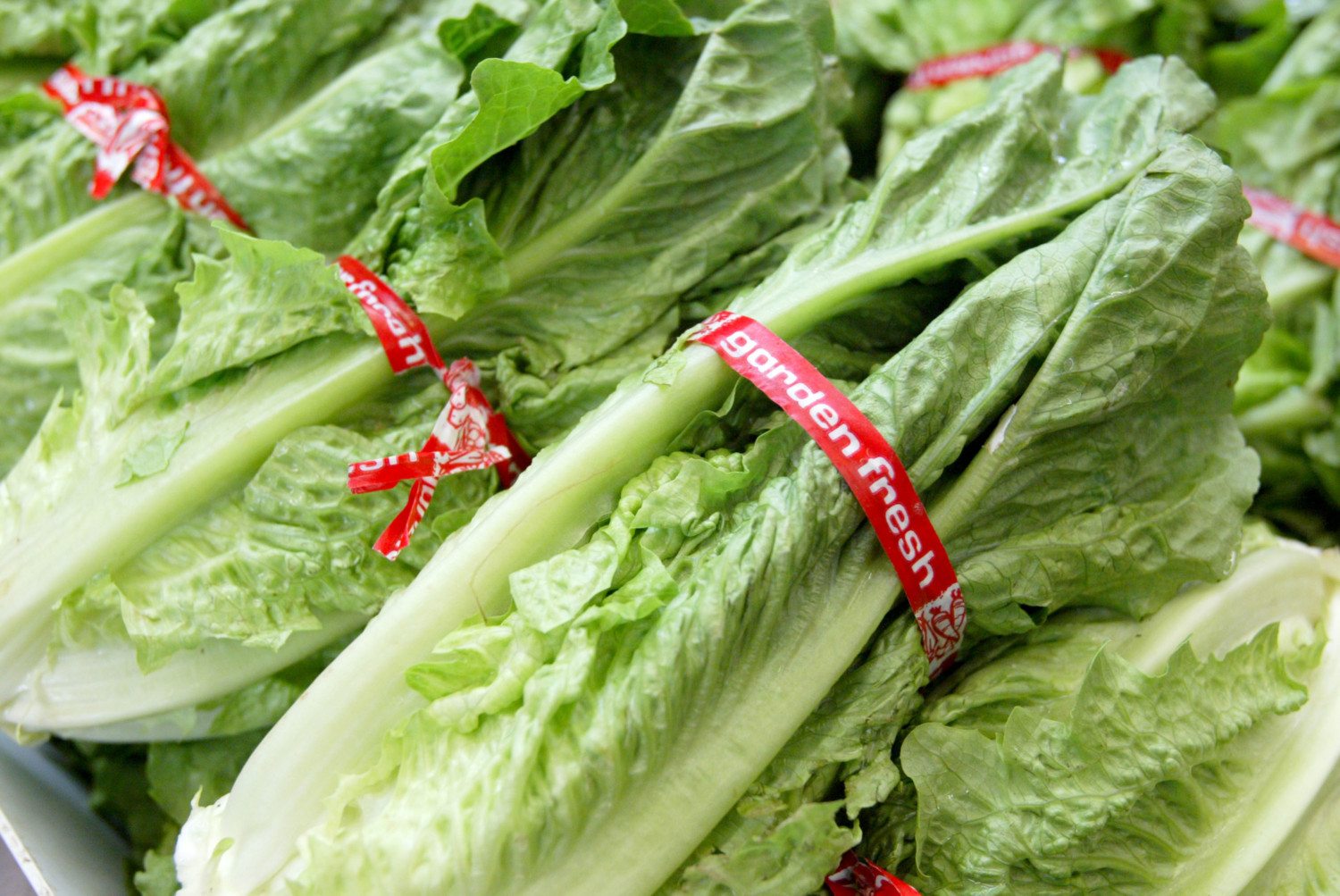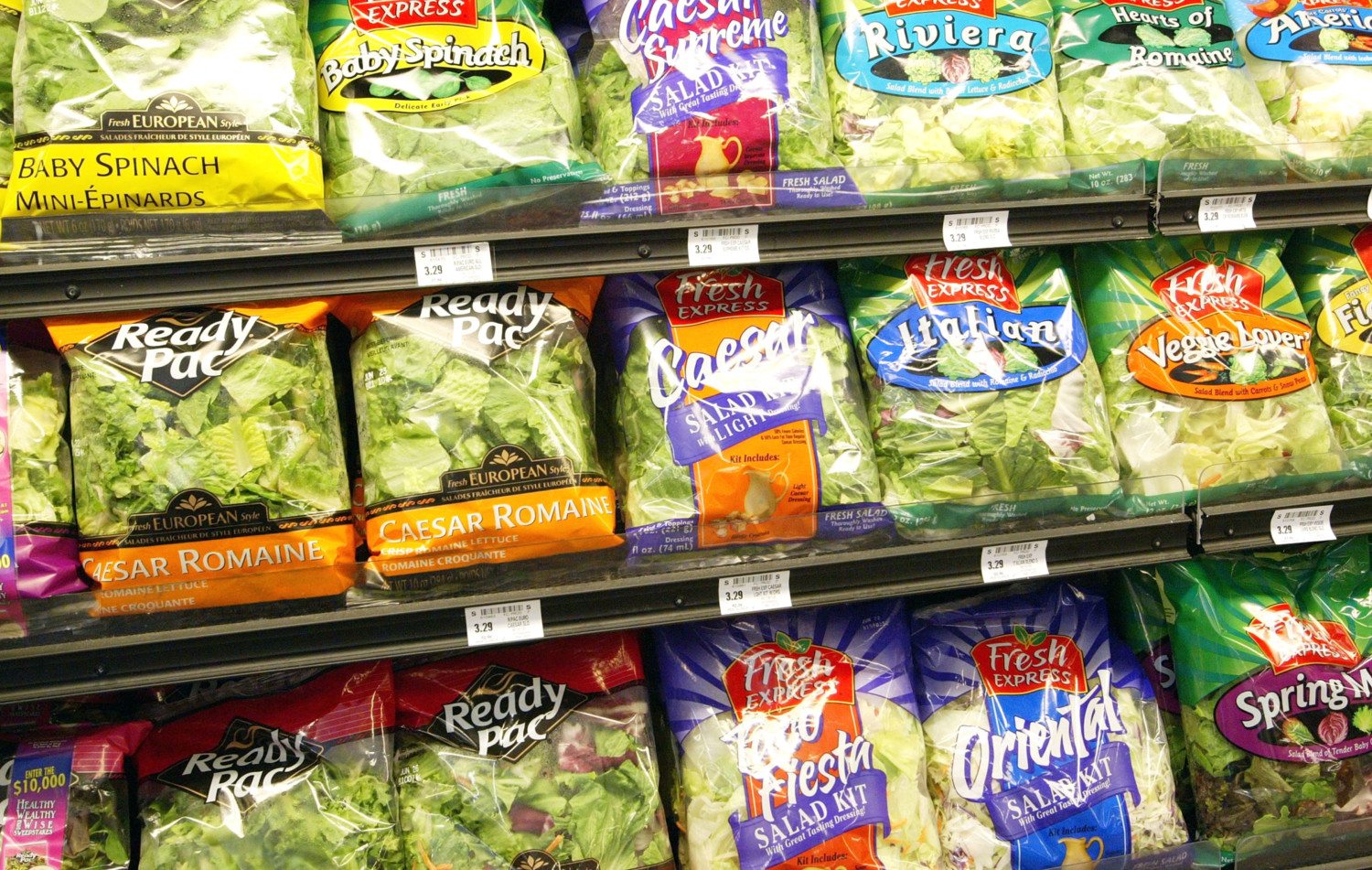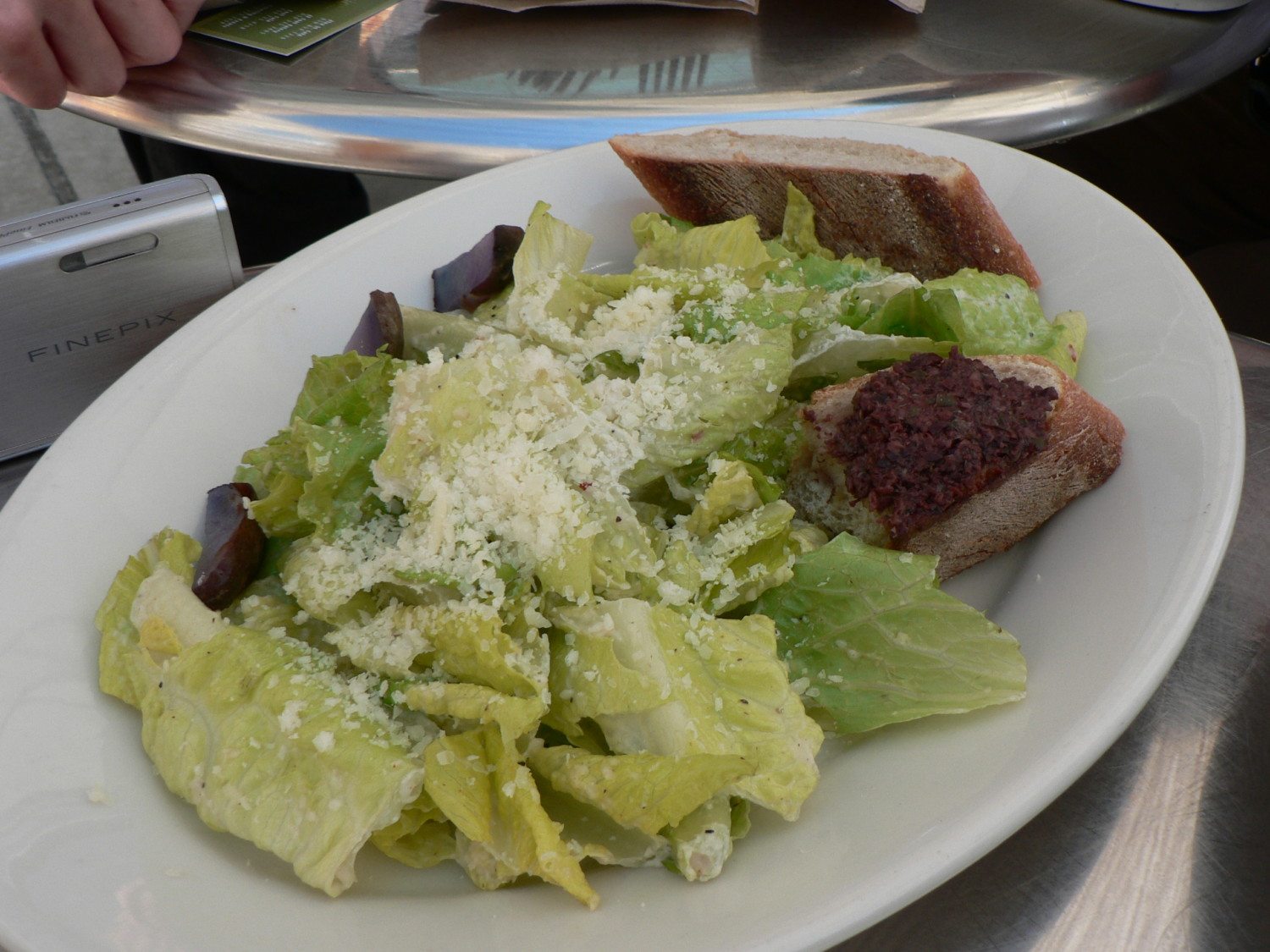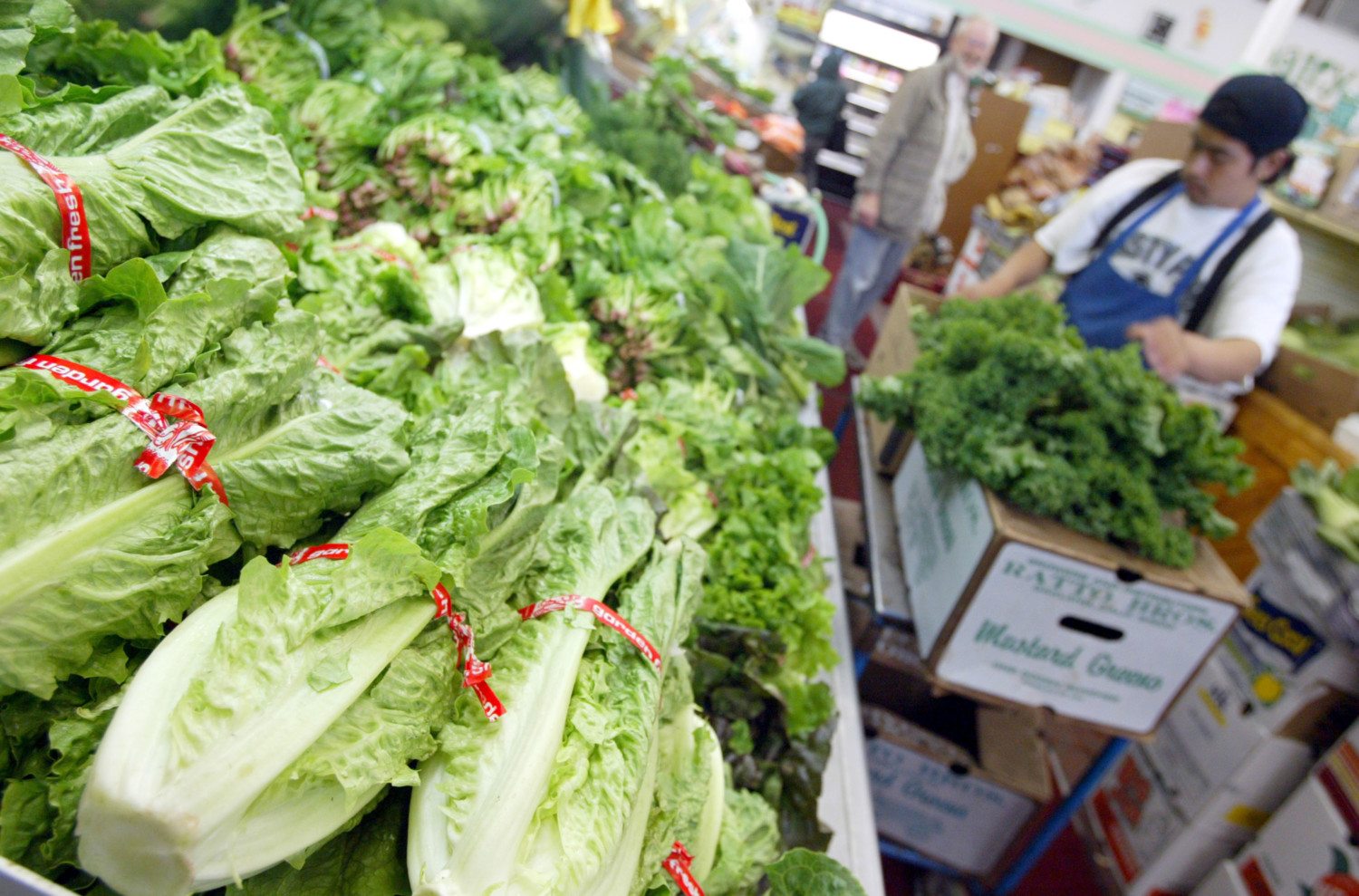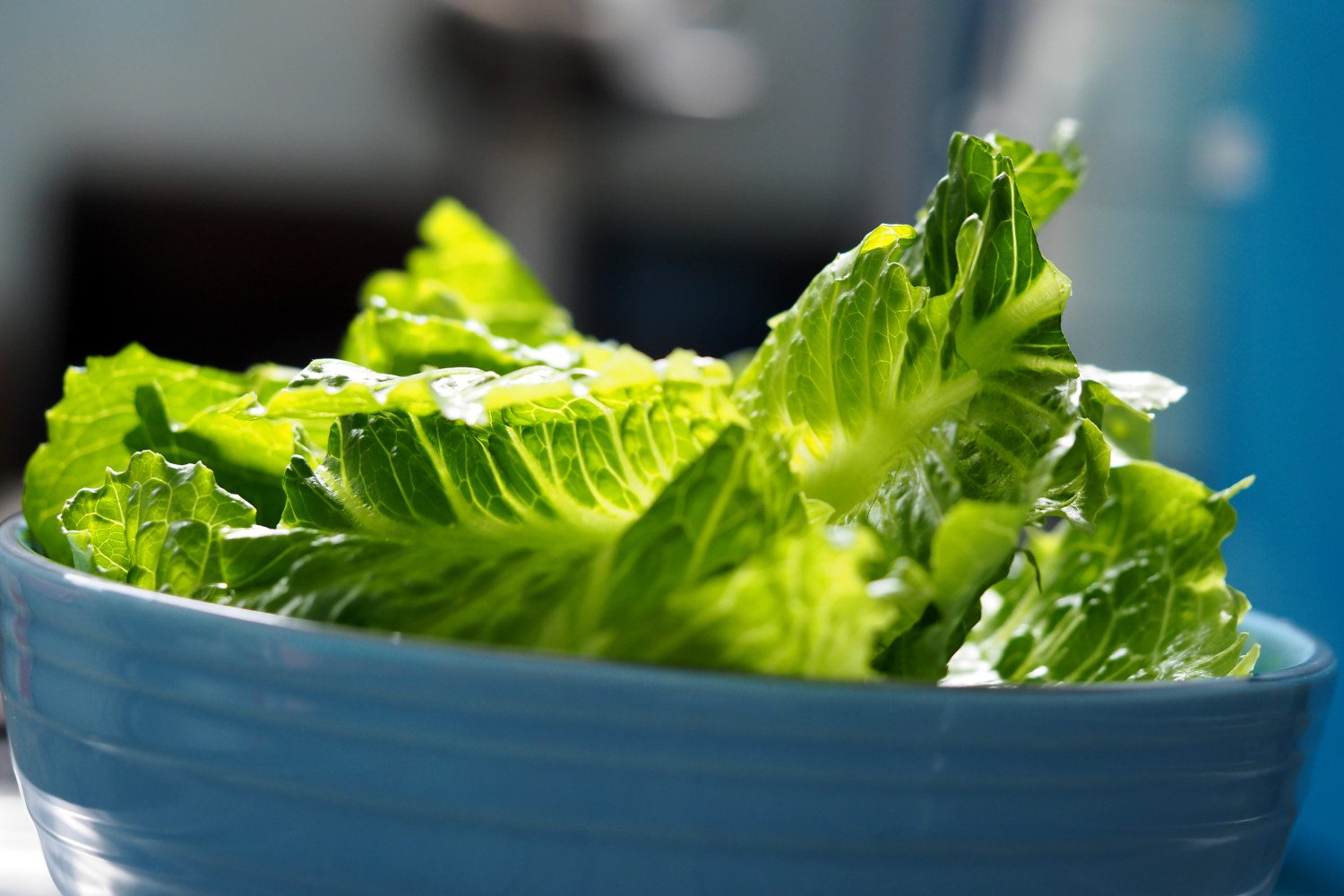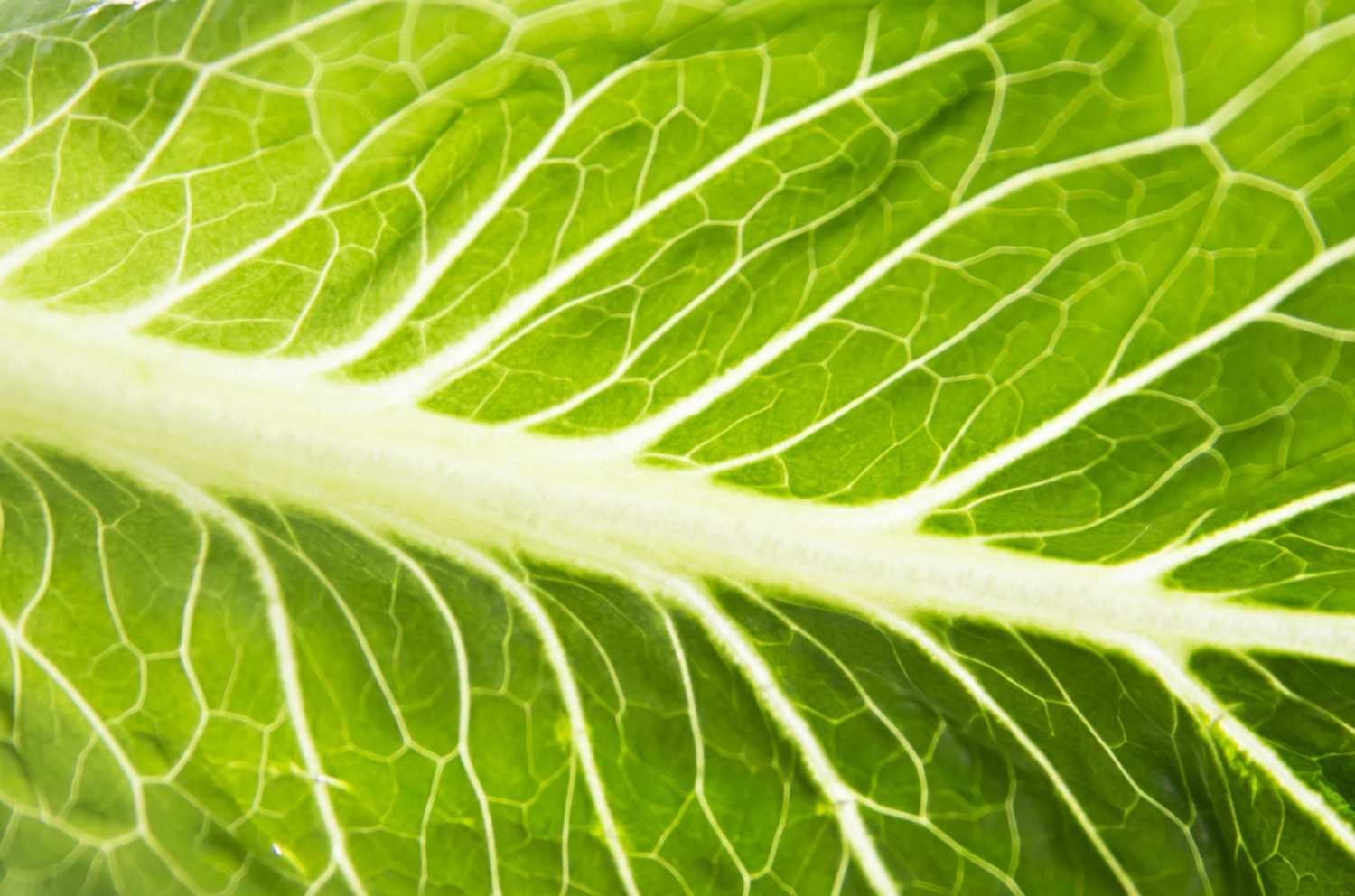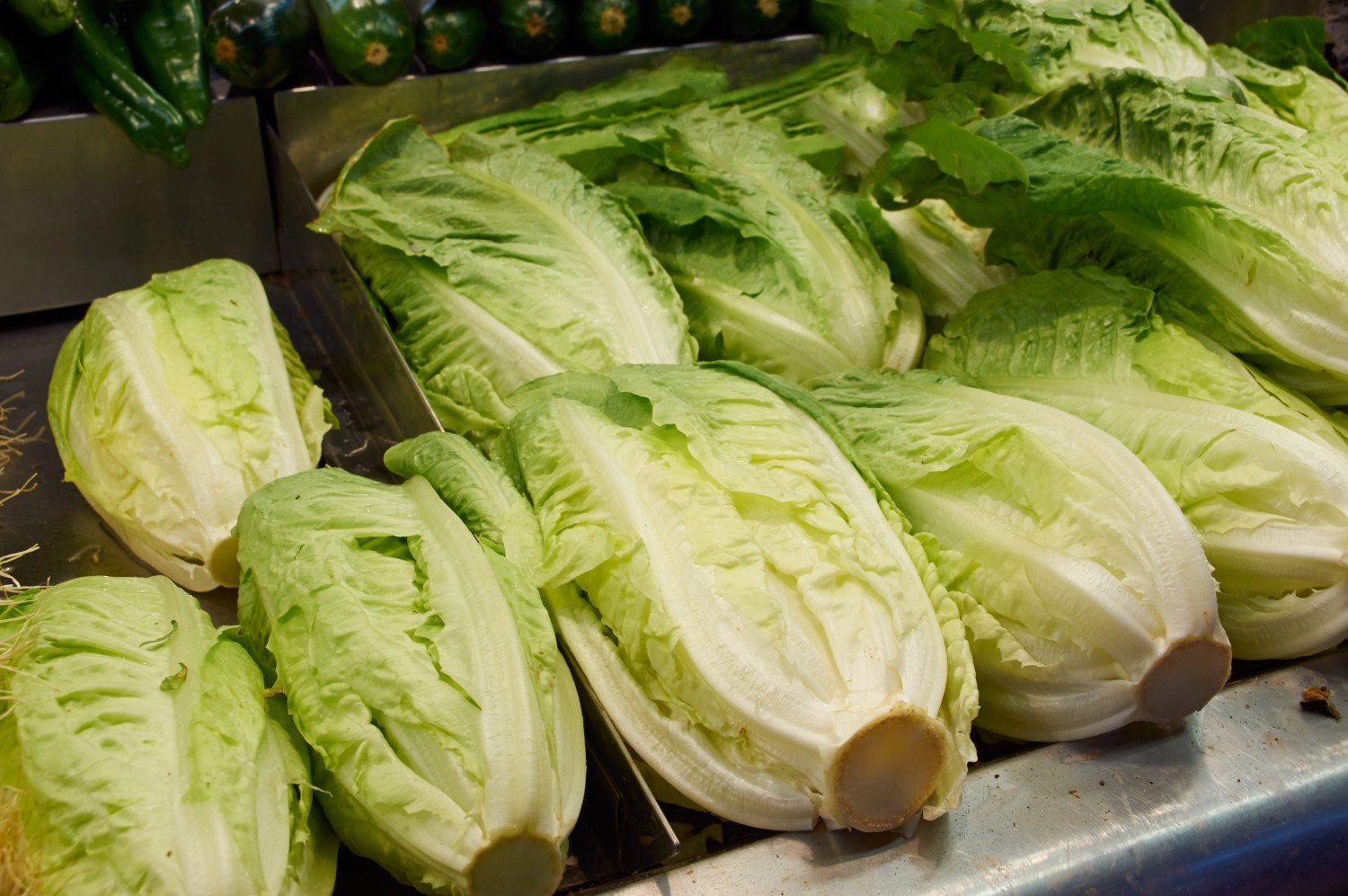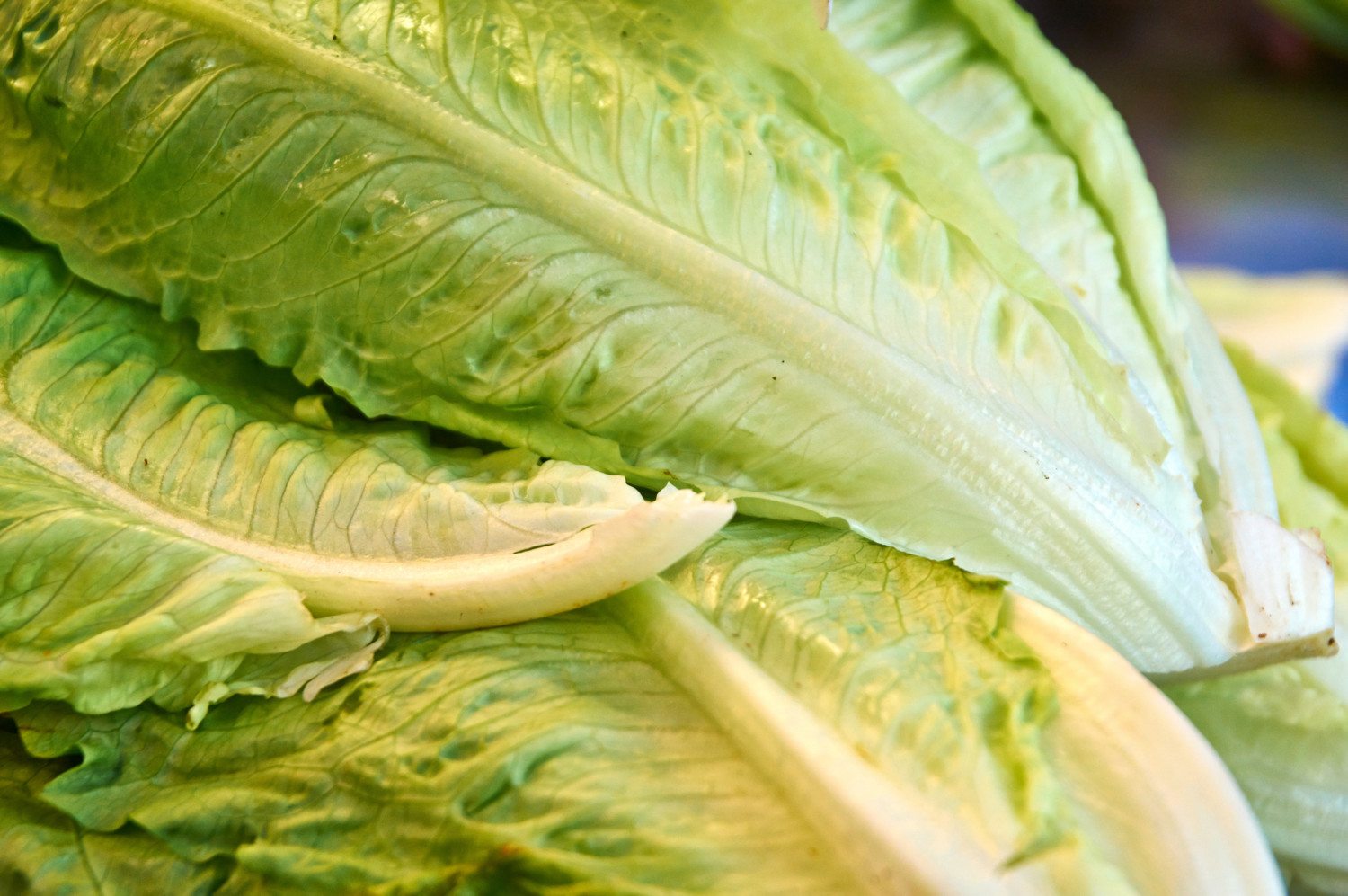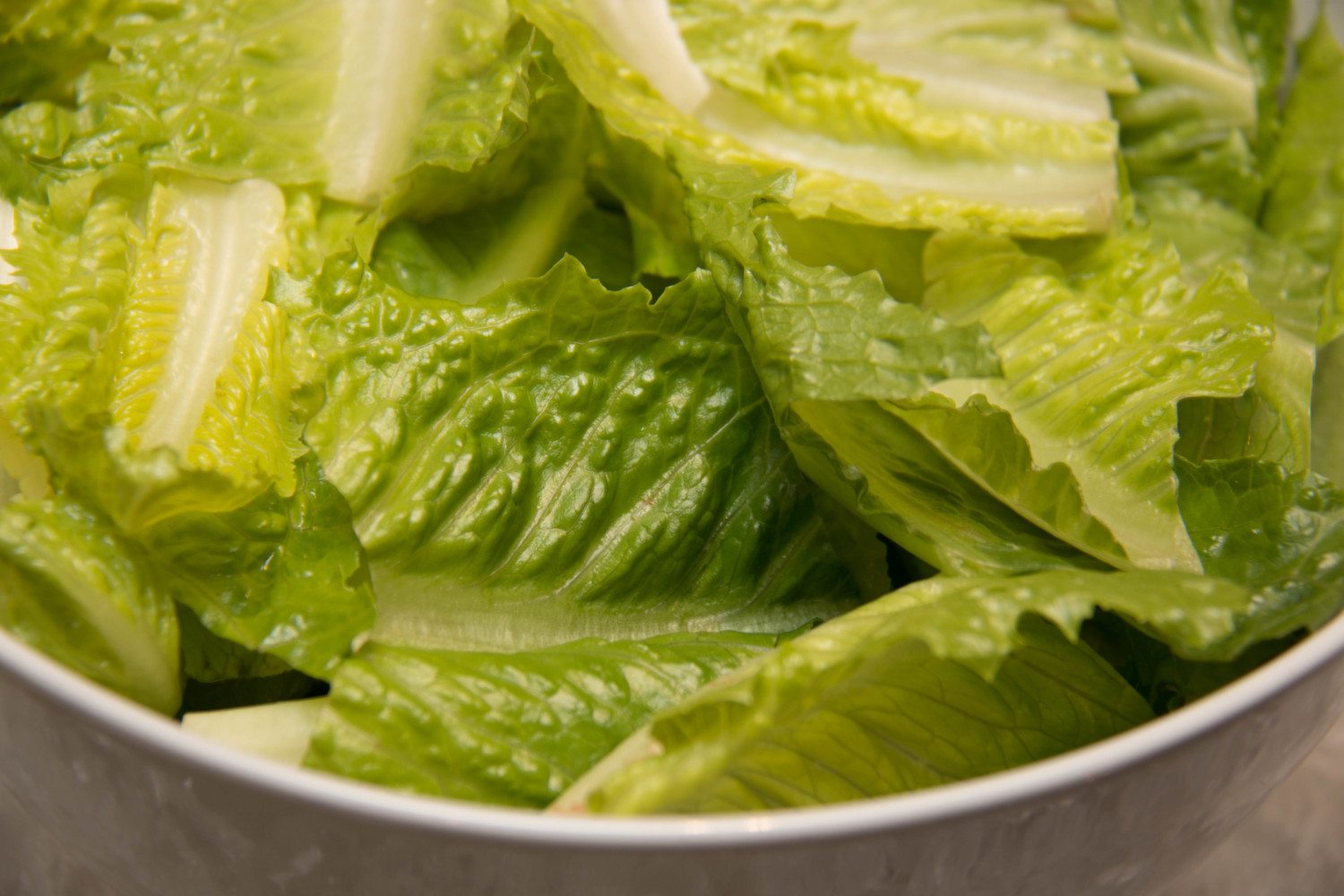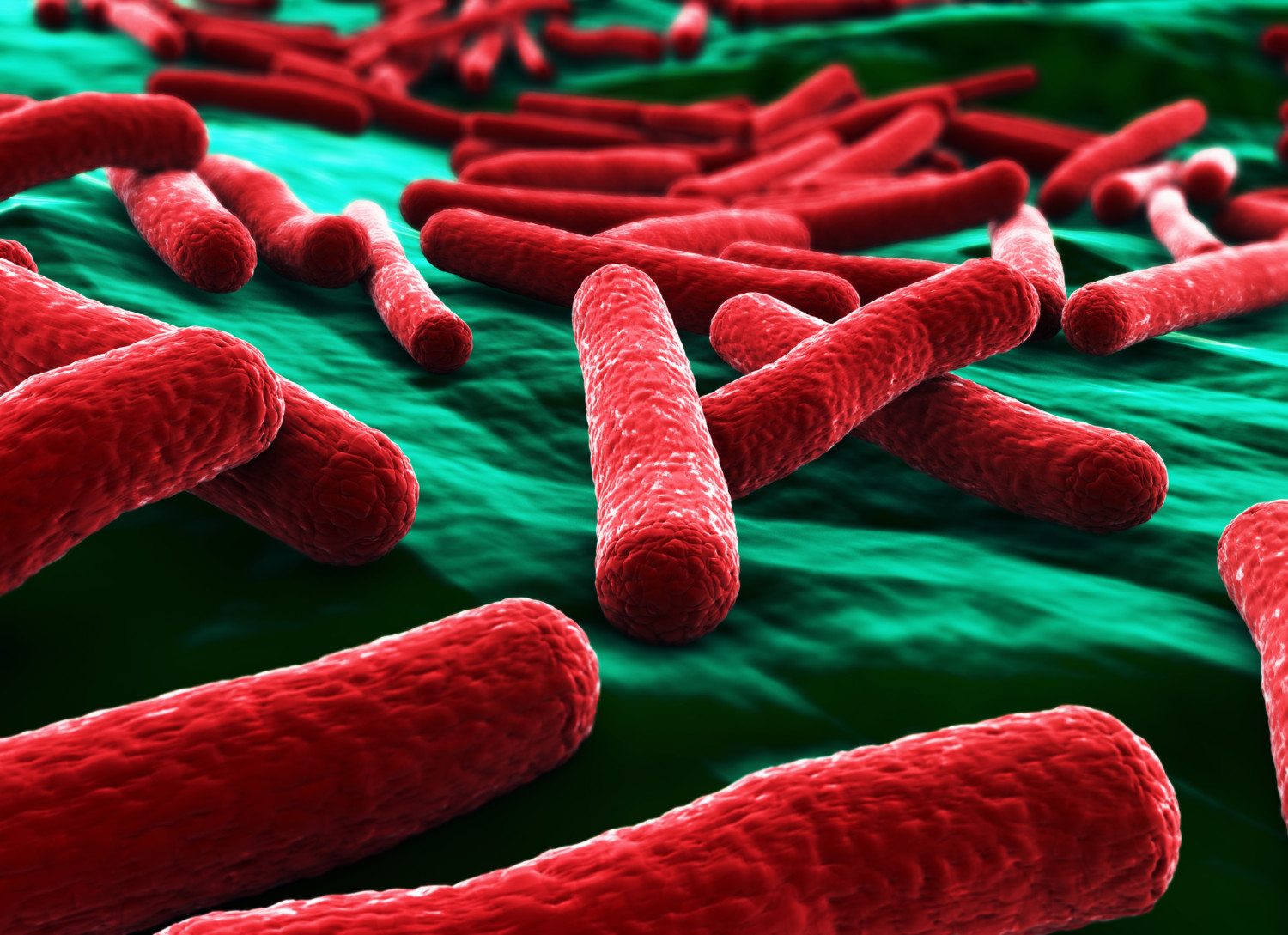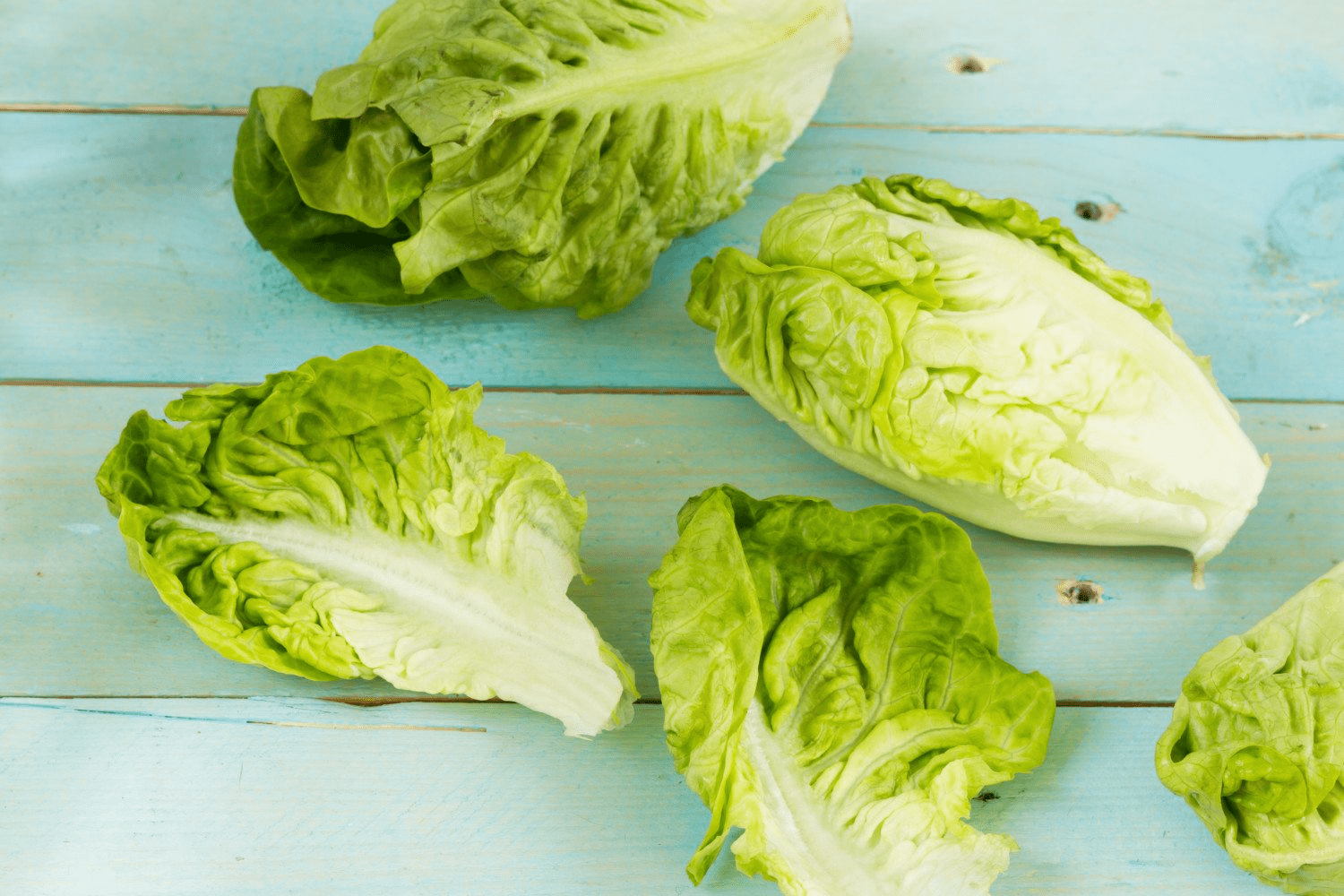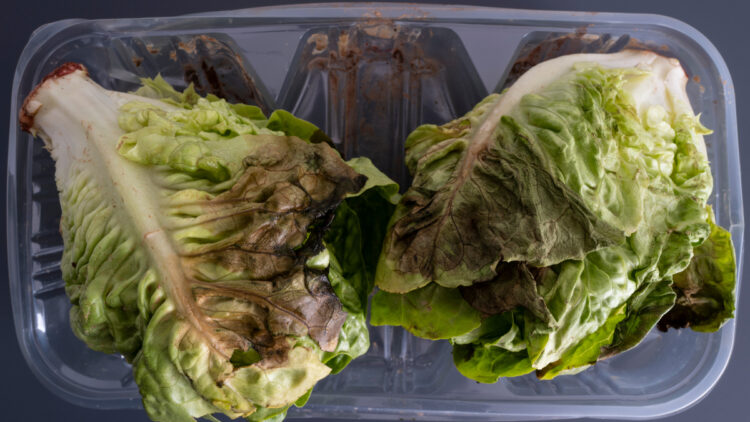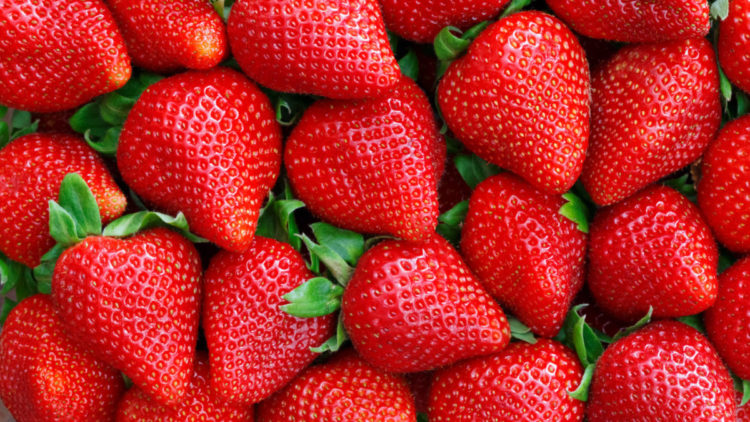Romaine lettuce to blame for multistate E. coli outbreak
Chopped romaine lettuce grown in the Yuma, Arizona, area is to blame for a multistate E. coli outbreak, the US Centers for Disease Control and Prevention said Friday.
“At this time, no common grower, supplier, distributor, or brand has been identified,” the CDC said.
So far 35 cases of E. coli illness in 11 states have been reported and linked to the outbreak. The earliest symptoms began on March 22. Twenty-two of the ill individuals have been hospitalized. Three of those patients developed a type of kidney failure associated with an E. coli illness called hemolytic uremic syndrome, which can be life-threatening.
E. Coli Symptoms
Symptoms of E. coli typically begin two to eight days after consuming the bacteria, although most patients become ill three or four days after consumption. Symptoms include severe stomach cramps, diarrhea and vomiting. Most people recover in five to seven days. Those most at risk for E. coli illness include the very young, the very old and individuals with compromised immune systems.

Health officials warned the public to stay away from chopped romaine lettuce. “Consumers anywhere in the United States who have store-bought chopped romaine lettuce at home, including salads and salad mixes containing chopped romaine lettuce, should not eat it and should throw it away, even if some of it was eaten and no one has gotten sick. If you do not know if the lettuce is romaine, do not eat it and throw it away,” the CDC said.
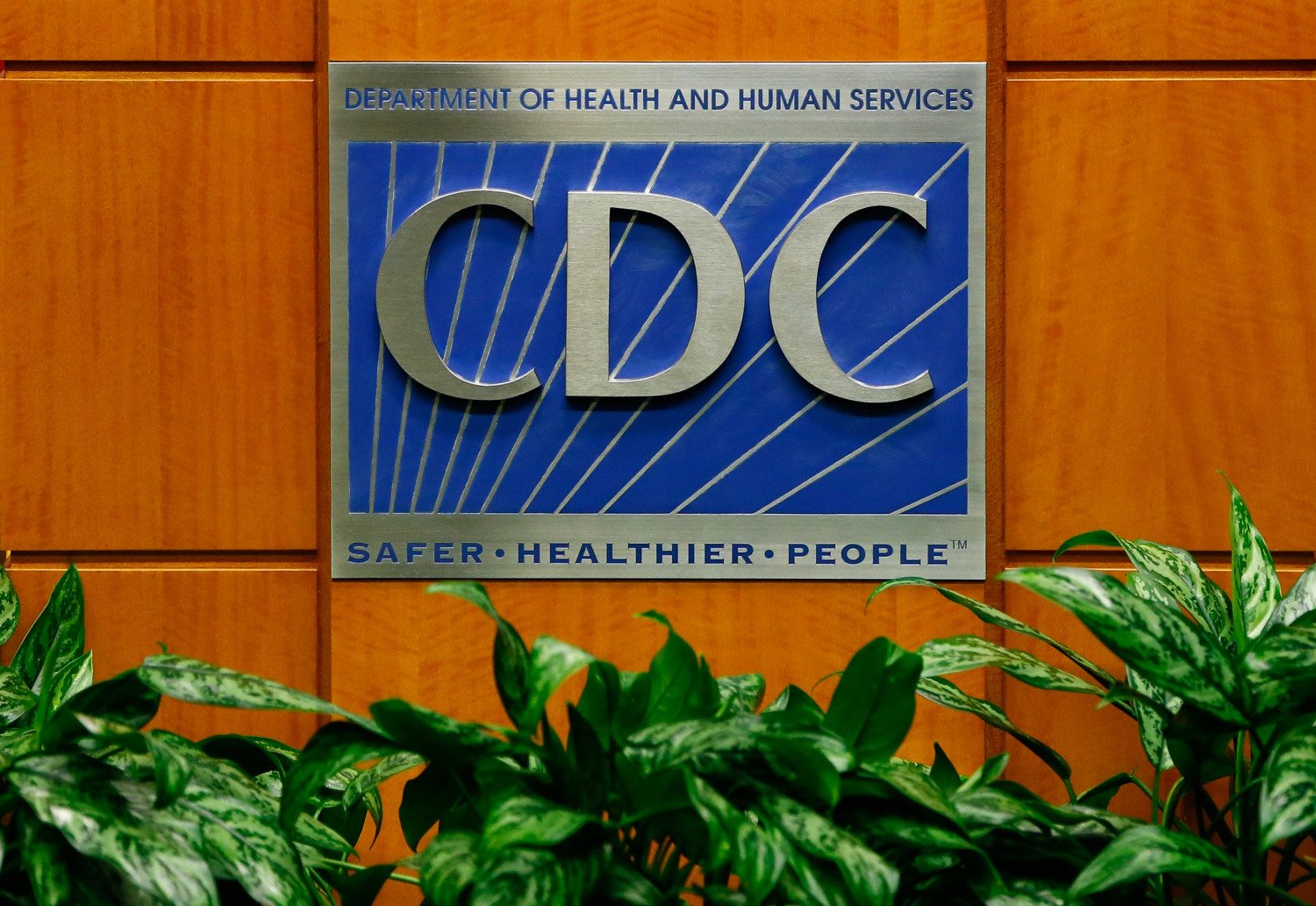
Romaine Lettuce At Restaurants
Restaurants and stores are advised not to serve or sell chopped romaine lettuce.
In addition, the agency recommends asking grocery stores and restaurants to confirm their chopped romaine is not from Yuma.
The advice is based on interviews with 28 of the ill individuals in which 93 percent of them reported consuming romaine lettuce within the week they began feeling sick.
“Most people reported eating a salad at a restaurant, and romaine lettuce was the only common ingredient identified among the salads eaten. The restaurants reported using bagged, chopped romaine lettuce to make salads,” according to the investigation report which also noted there are no reports involving whole heads or hearts of romaine.
The CDC and the US Food and Drug Administration are continuing to work with state and local health officials to further identify the source of the contaminated romaine.
Second Romaine-Related Outbreak In 6 Months
On Jan. 25, officials from the U.S. Centers for Disease Control and Prevention as well as the Food and Drug Administration declared an end to a deadly E. coli outbreak associated with leafy greens.
The outbreak killed two people and sickened at least 66 across the United States and Canada in late 2017.
While the FDA and CDC were not able to identify a specific type of leafy green as the source of the outbreak, Canadian health officials linked it to romaine lettuce.
Generally, lettuce appears to be more vulnerable to bacterial contamination than other produce, leading the FDA to start its own initiative specifically focused on lettuce safety.
Unfortunately, if you get ahold of leafy greens contaminated with E. coli, simply washing them is not enough.
“It is very difficult to remove bacteria from leafy greens,” James Rogers, Ph.D., director of food safety and research at Consumer Reports told the magazine. “Bacteria have the ability to adhere to the surface of the leaves, and to get stuck in microscopic crevices.”
E. coli bacteria specifically has unique survival tactics that make it impossible to wash away. It produces a protective biofilm that encases the bacteria and helps it adhere to a surface. It can also penetrate into produce, burrowing below the surface.
Cool running water and vinegar solutions can reduce, but not completely eliminate, other bacteria. Canada’s public health department also suggests:
- Washing your hands in warm water for at least 20 seconds before and after handling lettuce.
- Discarding all the outer leaves of the lettuce.
- Rinsing the produce until no traces of dirt remain.
Written by Debra Goldschmidt for CNN and Kaitlin Gates for Simplemost.
The-CNN-Wire
™ & © 2018 Cable News Network, Inc., a Time Warner Company. All rights reserved.
RELATED: Here are the best ways to keep your food fresh for longer!


